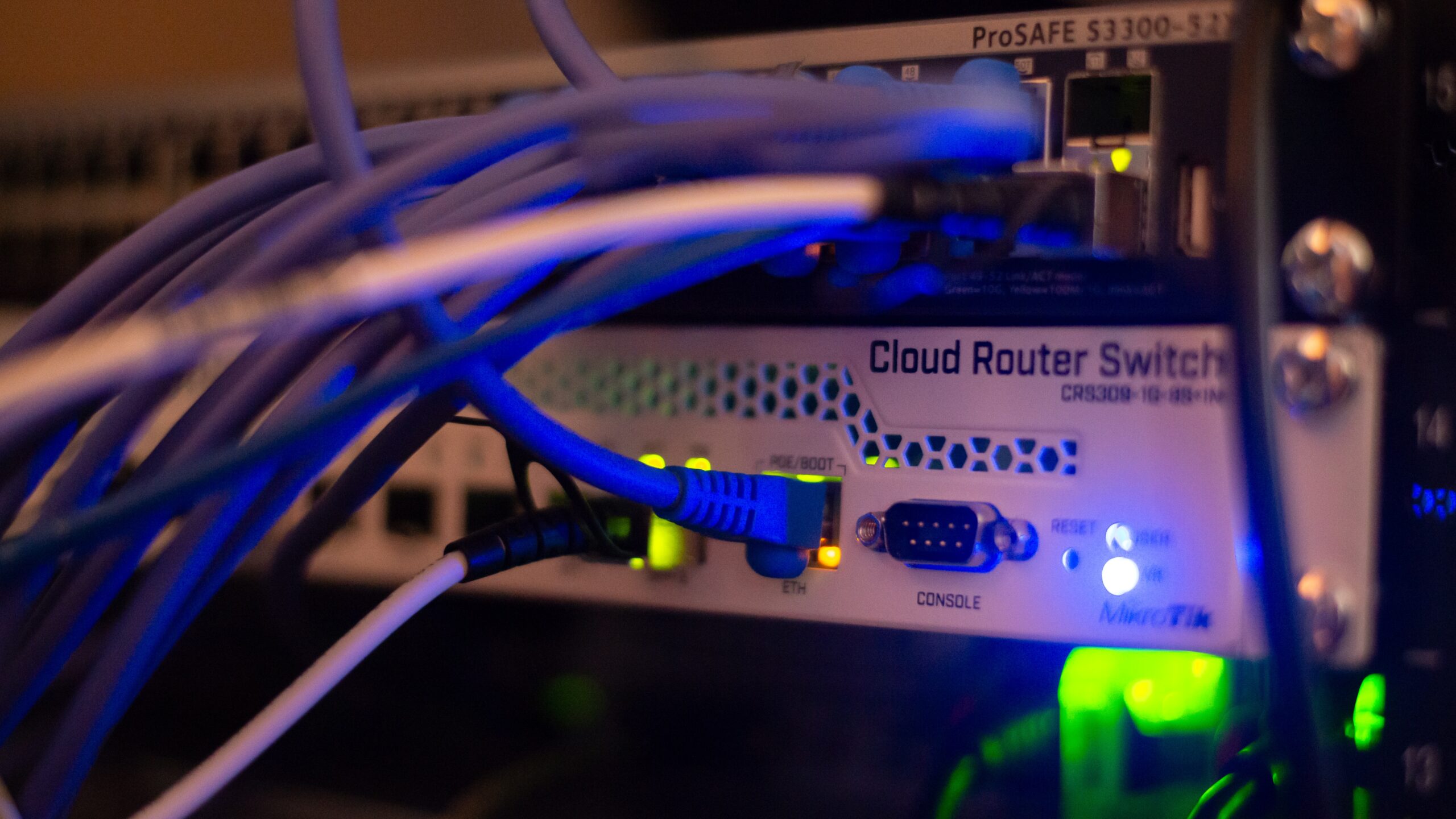Modern buildings aren’t just built with concrete and steel — they’re built with data. Across Georgia, from Atlanta to Cobb County and Rome, businesses are transforming traditional facilities into smart buildings powered by advanced automation, intelligent systems, and high-speed connectivity.
Behind every smart device and automated system lies a foundation that makes it all possible: structured cabling.
At Progressive Cabling, we design and install structured cabling systems that form the backbone of smart building technology, enabling seamless communication, energy efficiency, and long-term scalability.
What Is a Smart Building?
A smart building integrates technology and automation to improve efficiency, comfort, and security. Using interconnected systems and IoT (Internet of Things) devices, smart buildings can monitor, control, and optimize everything from lighting and HVAC to security cameras, access control, and energy management.
These systems rely on constant, real-time communication — and that’s only possible with a reliable, organized cabling infrastructure.
Why Structured Cabling Is Essential
Structured cabling provides a unified framework that connects all of a building’s technologies through a single, organized system. It supports everything from traditional data networks to smart lighting, sensors, building management systems (BMS), and security infrastructure.
Here’s how it enables smarter, more efficient buildings:
1. Unified Connectivity for All Systems
Smart buildings integrate dozens of systems — lighting, HVAC, access control, surveillance, and environmental monitoring — into one cohesive network.
Structured cabling ensures that each of these systems communicates effectively, reducing redundancy and eliminating the chaos of multiple, disjointed wiring systems.
With one organized cabling backbone, building managers can control, monitor, and optimize all systems through a central interface.
2. Support for IoT Devices
Smart buildings rely heavily on IoT devices such as sensors, cameras, smart thermostats, and connected lighting systems. These devices require reliable power and data connections.
Cat6, Cat6a, and fiber optic cabling provide the speed, bandwidth, and PoE (Power over Ethernet) support needed to keep these devices operating smoothly and securely.
As IoT adoption continues to grow, structured cabling ensures your infrastructure is ready to handle thousands of simultaneous connections without interruption.
3. Future-Proofing the Building
Technology in commercial real estate evolves quickly. Structured cabling ensures your building can adapt to emerging technologies without the need for constant rewiring.
By upgrading to high-performance Cat6a or fiber cabling, you’re preparing your building for future advancements such as:
Advanced automation systems
High-bandwidth AI-driven monitoring
5G-enabled IoT integration
Energy optimization and sustainability systems
Progressive Cabling designs systems that not only meet your current needs but also anticipate tomorrow’s technology.
4. Energy Efficiency and Cost Savings
Smart buildings are designed to conserve energy — and structured cabling helps make that possible. With all systems interconnected through a reliable network, automation can adjust lighting, heating, and cooling based on occupancy and environmental data.
This intelligent communication reduces energy consumption and operational costs, while increasing comfort and sustainability.
5. Enhanced Security and Access Control
A true smart building doesn’t just focus on efficiency — it prioritizes safety.
Structured cabling supports advanced security cameras, door access control systems, keypads, and card readers — all connected to your central network.
With a well-designed cabling system, your security systems work together seamlessly, providing real-time monitoring, remote access, and instant alerts.
Progressive Cabling installs camera cabling runs, fiber backbones, and door access infrastructure that integrates cleanly into your overall smart building design.
Benefits for Georgia Businesses and Developers
Smart building technology is transforming the way Georgia businesses operate — and structured cabling is key to unlocking those benefits.
For building owners, property managers, and developers, structured cabling provides:
Increased property value – Smart-ready infrastructure attracts tenants and investors.
Scalability – Easily expand systems without costly rewiring.
Reduced maintenance – Organized cabling simplifies troubleshooting and upgrades.
Better tenant experience – Enhanced connectivity, comfort, and safety.
Progressive Cabling partners with contractors, engineers, and business owners to design cabling systems that bring smart building projects to life.
Why Choose Progressive Cabling
Businesses and developers across Atlanta, Cobb County, and Floyd County trust Progressive Cabling because we deliver:
Certified structured cabling installation for Cat6, Cat6a, and fiber.
Clean, organized work that meets NEC and local code requirements.
Integration expertise with cameras, access control, and automation systems.
Custom network design for commercial, industrial, and multi-tenant buildings.
Future-ready infrastructure designed for performance, reliability, and growth.
We don’t just install cables — we build the foundation for smarter, more connected buildings across Georgia.
Build Smarter with Progressive Cabling
As buildings become more intelligent and connected, structured cabling has never been more important. It’s the invisible framework that powers automation, security, and communication — the core of every smart building.
Whether you’re upgrading an existing facility or developing a new property in Atlanta, Marietta, Kennesaw, or Rome, Progressive Cabling can design and install a cabling infrastructure that supports your smart building goals.
Contact Progressive Cabling today to schedule a consultation and discover how our structured cabling solutions can transform your building into a smarter, more efficient, and more connected space.










